When smoking brisket, one critical decision that pitmasters face is whether to wrap the meat and, if so, what wrapping material to use.
Aluminum foil and butcher paper are the two most common choices, each with its distinct properties that can influence the cooking process and the final outcome of the brisket.
Wrapping brisket is a practice adopted to overcome challenges such as the stall, a period during smoking when the internal temperature of the meat stops rising due to evaporation cooling the surface.
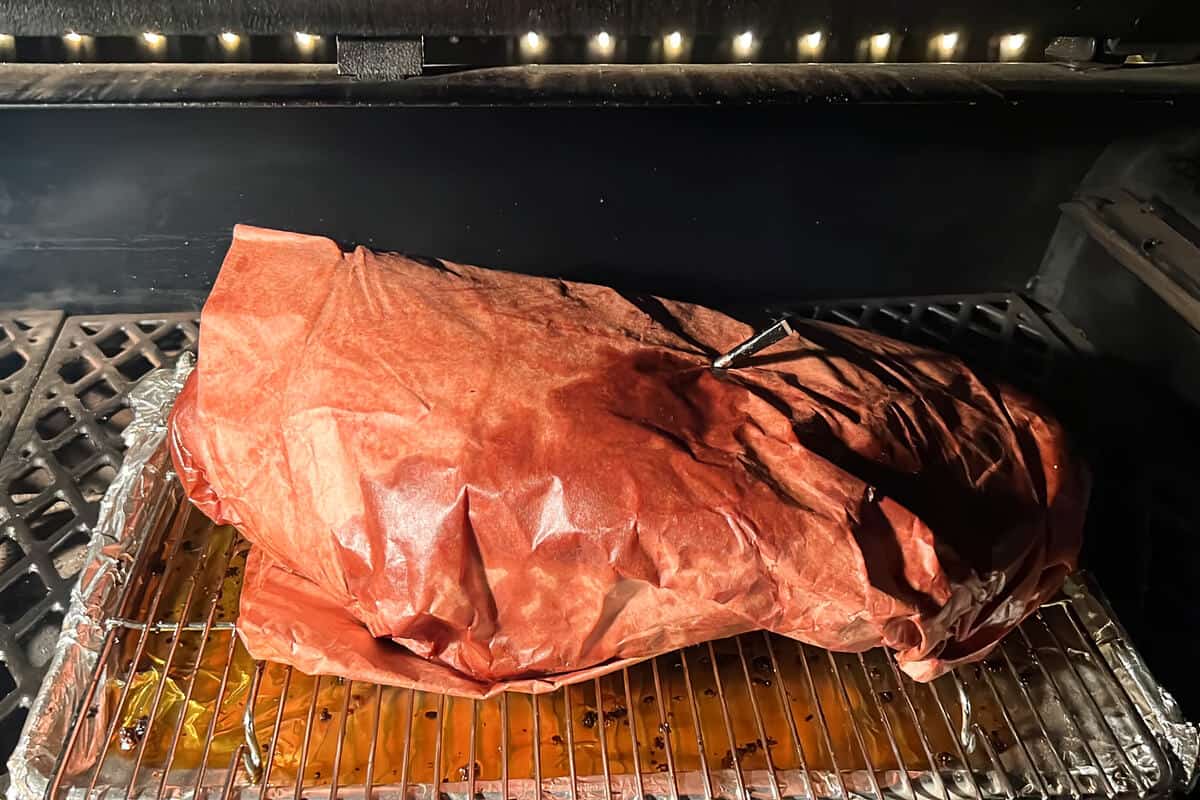
Aluminum foil is known for its ability to trap moisture, creating a steamy environment that can significantly speed up the cooking process. It is excellent for achieving tenderness, but can sometimes soften the crust or 'bark' that many pitmasters strive for.
On the other hand, butcher paper is breathable, allowing for moisture release and smoke penetration while still providing protection from the direct heat.
This can lead to a brisket with a more desirable bark and a subtly smoky flavor, characteristics that are often sought after in traditional barbecue.
Key Takeaways
- Wrapping brisket can affect cooking time and the quality of the bark.
- Aluminum foil creates a moist environment, speeding up cooking.
- Butcher paper is breathable, promoting a crisp bark and smoky flavor.
Jump to:
The Basics of Wrapping Brisket
Wrapping brisket is a method used to protect the meat during smoking, enhancing both flavor and tenderness by trapping in moisture. This step can also help prevent the dreaded stall, a point where the meat's internal temperature plateaus.
Choosing the Wrap Material
1. Aluminum Foil: We often call it the "Texas crutch," a well-known approach that delivers a steamed environment. This method:
- Pros: Creates a seal that traps in moisture, potentially leading to a more tender brisket.
- Cons: Can soften the bark excessively if not managed correctly.
2. Butcher Paper: A favored choice for many pitmasters which allows the meat to breathe a bit more:
- Pros: Helps sustain the integrity of the bark while still providing protection from the stall.
- Cons: Less moisture retention compared to foil, which could affect tenderness marginally.
Determining the Right Time to Wrap
The decision to wrap is also about timing:
- Temperature Check: Wrap the brisket once its internal temperature hits around 165°F. At this point, the collar proteins within the meat have had an opportunity to break down adequately.
- Bark Appearance: Observing the bark’s development is crucial. It should be well-settled and give to pressure like butter, not rubber, before wrapping to maintain its quality throughout the cook.
Advantages of Aluminum Foil
When we talk about smoking brisket, the use of aluminum foil is a common technique, especially to achieve a certain level of tenderness and juiciness.

Locking in Moisture
Wrapping a brisket in aluminum foil helps to keep the meat moist by sealing in the juices.
This can be particularly useful when we want to ensure that the brisket does not dry out over the long smoking period.
Enclosing the meat in foil creates an environment where steam is generated, which contributes to maintaining a moist internal atmosphere.
This method, commonly known as the "Texas Crutch," aids in maintaining the internal temperature of the meat, ensuring that the natural juices help break down the connective tissues without evaporating.
Speeding Up the Cooking Process
The reflective properties of aluminum foil can also serve to speed up the cooking time. By wrapping the brisket, we create an insulated environment that can accelerate the increase of internal temperature.
This can shave off a considerable amount of time from the total cook, allowing us to serve the brisket earlier while still retaining the desired texture and flavor.
Using aluminium foil is a practical way to manage cooking times without sacrificing the quality of the meat during those extensive smoking sessions.
Benefits of Butcher Paper
When we consider wrapping meats for smoking, butcher paper stands out as a preferred material for achieving a delectable, crusty bark while maintaining the smoke's integral flavor profile.
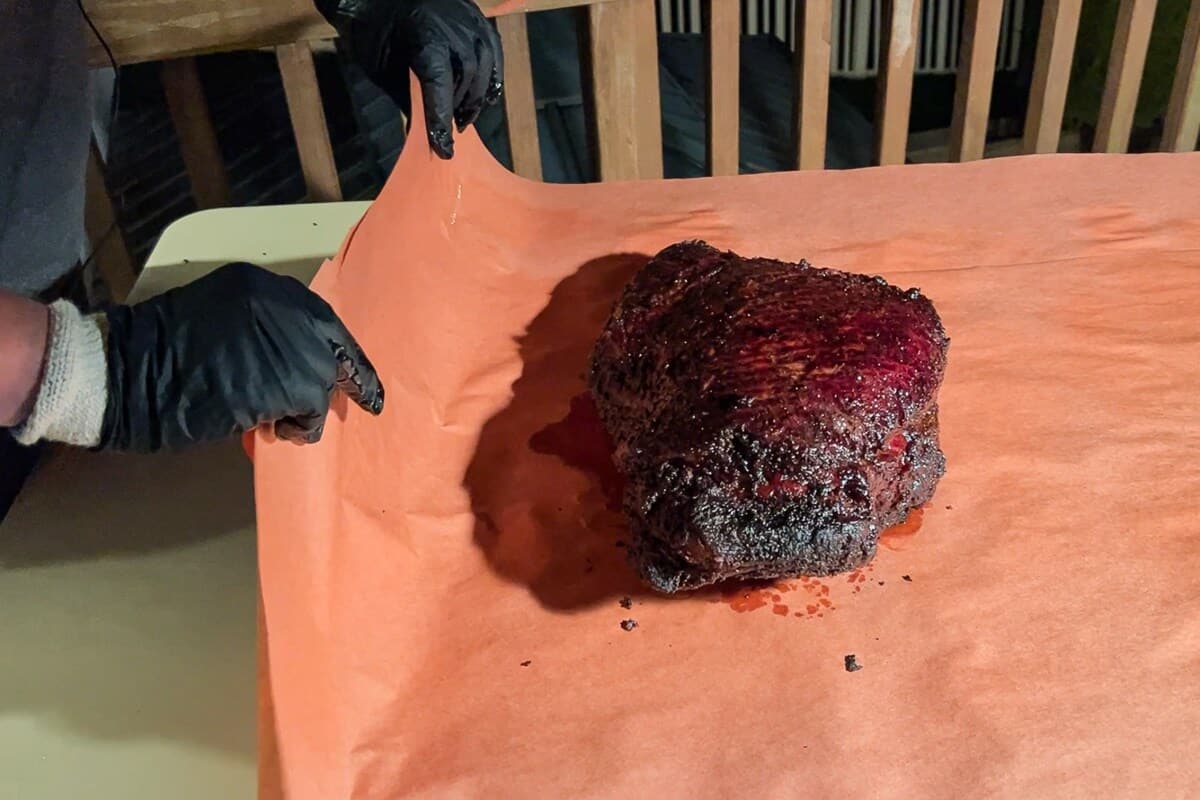
Enhancing the Bark
Using butcher paper, often referred to as pink butcher paper or peach paper, plays a crucial role in developing a flavorful bark. The paper's porous nature allows for just the right amount of moisture and heat retention without creating a steam environment. Meats wrapped in traditional butcher paper develop a beautifully textured bark that is neither too dry nor too moist.
Maintaining the Smoke Flavor
One of the distinct advantages of using butcher paper is its ability to maintain the smoky aspect of meats. Unlike foil, which completely seals the meat, butcher paper is more breathable, allowing smoke to permeate and infuse the meat continuously. This helps preserve the sought-after smoke flavor that is hallmark to barbecued meats, offering a subtle yet distinct character to every bite.
Comparing Foil and Butcher Paper
When we smoke brisket, the choice between wrapping in aluminum foil or butcher paper is critical to the final product's moisture level, texture, and cooking time. Each material has its unique properties affecting these outcomes.
Texture and Moisture Control
Aluminum Foil: We use aluminum foil for its excellent sealing ability that locks in moisture.
This can keep the brisket exceptionally tender and juicy; however, the downside is that it can sometimes lead to a softer bark—less of the desired crunchiness.
This wrapping method often generates steam within the wrap, which can affect the texture of the bark by making it soggy.
Butcher Paper: Butcher paper, on the other hand, is breathable. It allows for moisture release and helps in maintaining a firmer bark, giving us that coveted crusty exterior without drying out the brisket.
Using butcher paper can lead to a slightly drier meat compared to foil but with improved texture in the bark.
Impact on Cooking Time
Foil: Wrapping brisket in foil can significantly speed up the cooking process because it traps heat and prevents evaporative cooling, thus overcoming what's known as "the stall".
The meat cooks faster, but care must be taken to avoid overcooking or creating a texture that is too soft, often referred to as "pot roasty".
Butcher Paper: Wrapping brisket in butcher paper will also speed up cooking compared to leaving the brisket unwrapped.
However, the effect on cooking time is less dramatic than with foil because paper does not trap heat as effectively.
Butcher paper strikes a balance, allowing some of the meat's moisture to escape while keeping enough heat to push through the stall.
Wrapping Techniques and Tips
When we smoke brisket, wrapping it correctly can make a significant difference in the outcome, with the meat’s tenderness and juiciness often hanging in the balance.
We aim to achieve a balance between a tender brisket and a perfectly formed bark using either aluminum foil or butcher paper.
How to Properly Wrap Brisket
Aluminum Foil:
To wrap brisket in aluminum foil, also known as the Texas Crutch method, we first need to smoke the brisket until it reaches an internal temperature of around 155-165°F.
At this point, the bark has typically formed. We use a double layer of heavyweight aluminum foil for a tight seal that locks in the juices, folding over the edges to prevent any steam from escaping.
- Lay out a large sheet of foil on a table or flat surface.
- Place the brisket in the center of the foil, fat-side up.
- Tightly seal the foil around the brisket, ensuring no part is exposed.
Butcher Paper:
For how to wrap brisket in butcher paper, we follow a similar approach but start at an internal temperature closer to 165-170°F for a balance of bark firmness and moisture retention.
- Cut a piece of unwaxed, food-grade butcher paper to size.
- Position the brisket in the center, again fat-side up.
- Wrap the paper around the brisket, folding the edges to create a neat package without a tight seal, allowing the brisket to breathe slightly and continue forming the bark.
We use a probe thermometer to monitor the brisket's temperature throughout cooking after wrapping.
Common Mistakes to Avoid
- Ignoring Internal Temperature: Always use a probe thermometer to measure the internal temperature of the brisket before wrapping. Wrapping too early or late can affect the quality of the bark and the overall tenderness.
- Faulty Seal: A loose foil wrap fails to trap the needed steam and can lead to a slower cook or drier meat. For butcher paper, ensure the wrap is snug but not airtight.
- Excess Handling: We avoid excessive handling of the brisket both before and after wrapping to prevent puncturing the foil or paper which could release precious juices and steam.
By paying close attention to these techniques and pitfalls, we aim to produce a brisket that’s smoky, tender, and deeply satisfying to the palate.
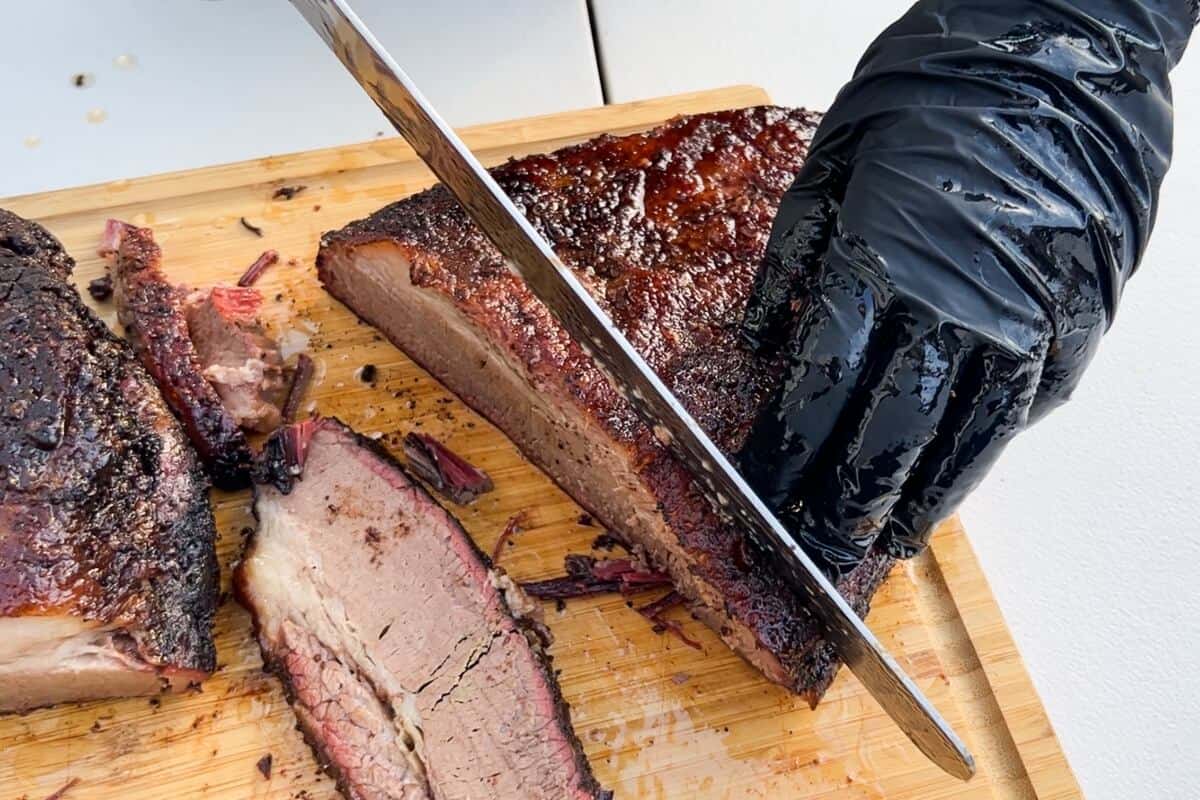
Frequently Asked Questions
What are the benefits of wrapping a brisket in butcher paper compared to aluminum foil?
Wrapping a brisket in butcher paper allows the meat to breathe, maintaining its smokey flavor while also retaining moisture. It fosters a better bark compared to foil, which can sometimes steam the meat too much.
Can the shiny side of butcher paper affect the outcome when smoking meats?
Butcher paper typically doesn't have a shiny side like aluminum foil. However, if you're using a product that has a coated side, it should not come in contact with the meat, as it's not intended for direct food contact.
What is the purpose of wrapping smoked meats, and how do different materials contribute?
Wrapping smoked meats, such as in aluminum foil or butcher paper, helps to prevent meat from drying out, manage the cooking temperature, and overcome the stall. Foil is excellent for heat retention, while butcher paper is preferred to achieve a flavorful crust or bark.
Are there specific types of butcher paper recommended for smoking meats?
Yes, it's advisable to use unwaxed, uncoated, pink butcher paper that's specifically designed for smoking meats, as it's food-safe and withstands high temperatures without disintegrating.
How does butcher paper influence the moisture and bark of smoked brisket?
Butcher paper absorbs excess grease and moisture without trapping as much steam as foil, which protects the bark's texture while keeping the meat moist. This results in a brisket that has a firm, desirable crust with tenderness inside.
In terms of heat and cooking time, does wrapping meats make a significant difference?
Wrapping meats indeed speeds up the cooking process by helping to lock in heat, which can be particularly useful when pushing past the temperature stall, often encountered during long smokes. Butcher paper offers a balance of breathability and insulation, whereas foil provides superior heat retention.

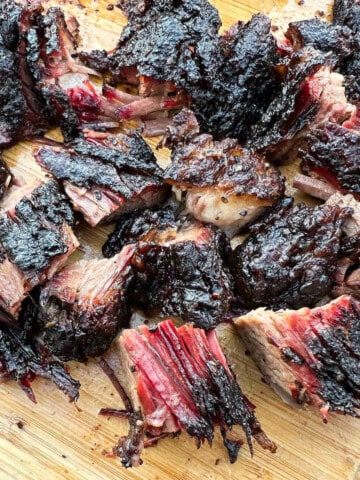
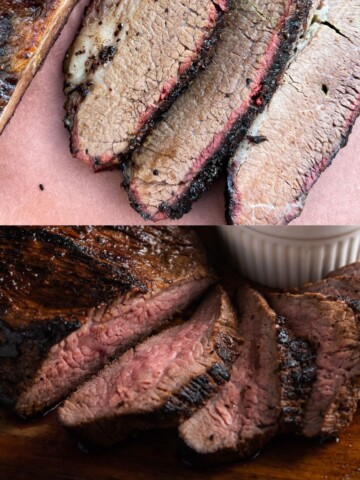
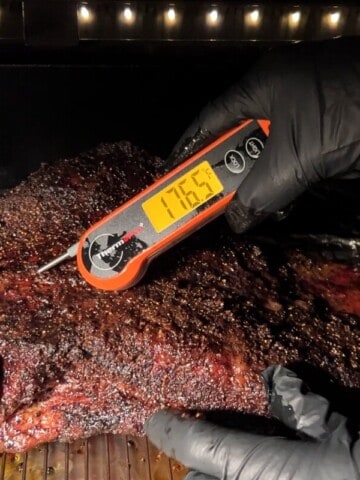
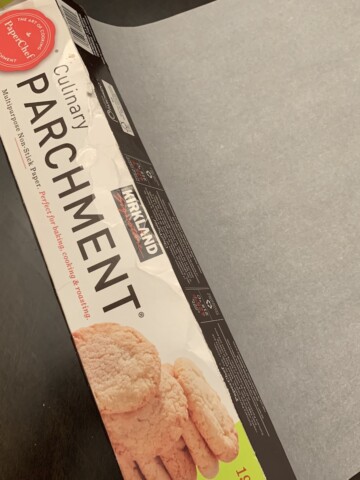
Leave a Reply